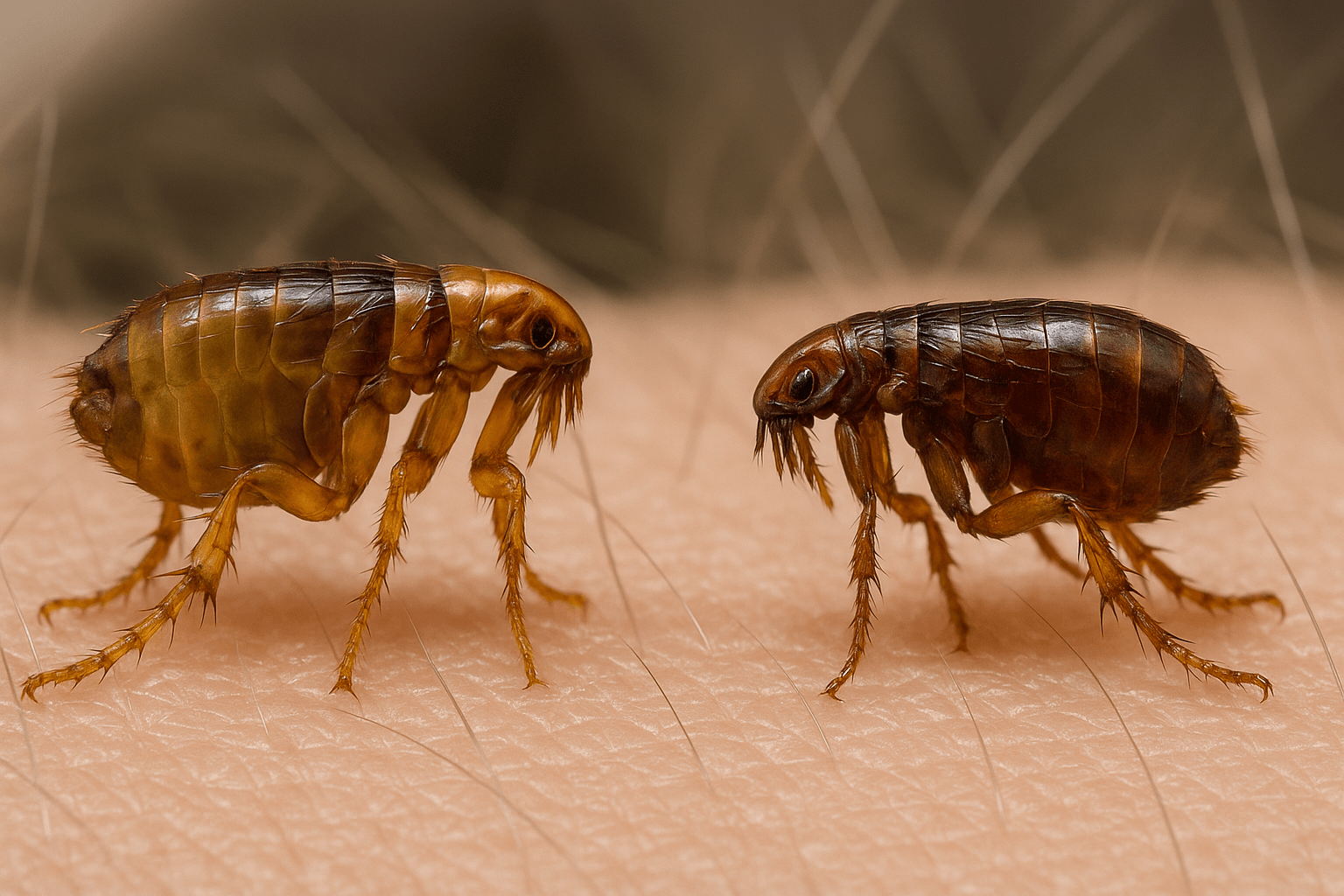Can Dogs Eat Cookies? What You Need to Know Before Sharing
Cookies are a beloved treat for humans, but can dogs enjoy them too? While the idea of sharing a cookie with your furry friend might seem sweet, it’s important to understand that not all cookies are safe for dogs. Many ingredients commonly found in cookies, such as chocolate, sugar, and artificial sweeteners, can be harmful or even toxic to our canine companions. However, there are dog-friendly alternatives and ways to safely indulge your pup.
In this blog post, we’ll explore whether dogs can eat cookies, which ingredients to avoid, and how to make treats that are both delicious and safe for your dog. By the end, you’ll have all the information you need to make informed decisions about sharing cookies with your four-legged friend.
Ingredients in Cookies That Are Harmful to Dogs
While cookies might look harmless, many contain ingredients that can pose serious risks to dogs. Understanding what to avoid is crucial to keeping your pet safe. Here are some common cookie ingredients that can be dangerous for dogs:
Chocolate: Contains theobromine and caffeine, which are toxic to dogs and can cause vomiting, diarrhea, seizures, or even death.
Xylitol: A sugar substitute found in sugar-free cookies, xylitol can cause a rapid drop in blood sugar and lead to liver failure in dogs.
High Sugar Content: Excessive sugar can lead to obesity, diabetes, and dental issues in dogs over time.
Raisins or Dried Fruits: Often found in oatmeal cookies, raisins and certain dried fruits can cause kidney failure in dogs.
Nuts (e.g., Macadamia Nuts): Some nuts, like macadamia nuts, are toxic to dogs and can cause weakness, vomiting, and tremors.
By avoiding cookies with these ingredients, you can protect your dog from potential harm. Always read labels carefully and prioritize your pet’s health over indulgence.
Safe Alternatives to Human Cookies for Dogs
If you want to treat your dog to something cookie-like, there are plenty of safe and healthy alternatives you can make at home. These options use dog-friendly ingredients and are free from harmful additives. Here are some ideas:
Peanut Butter and Oat Cookies: Use natural peanut butter (without xylitol) and oats to create soft, chewy cookies that dogs love.
Pumpkin Treats: Incorporate pumpkin puree into cookie recipes for added fiber and nutrients that support digestion.
Banana and Coconut Flour Cookies: Combine mashed bananas with coconut flour for a grain-free, nutrient-rich snack.
Apple Cinnamon Biscuits: Use unsweetened applesauce and a dash of cinnamon (in moderation) for a tasty and aromatic treat.
Cheese and Sweet Potato Cookies: Blend grated cheese with mashed sweet potatoes for a savory option that’s rich in vitamins.
These homemade alternatives allow you to spoil your dog without compromising their health. Plus, they’re fun to make and perfect for special occasions!
Check this guide 👉Can Dogs Eat Dried Mango? Best 7 Expert Tips!
Check this guide 👉Can Dogs Eat Vanilla Cake? Best 7 Health Tips!
Check this guide 👉Can Dogs Eat Pancakes? Best 7 Health Tips!

Human Cookie Ingredients | Dog-Friendly Substitutes |
|---|---|
Chocolate | Carob chips (safe for dogs) |
Sugar | Natural sweeteners like mashed banana |
Xylitol | Honey (in small amounts) |
Raisins/Dried Fruits | Blueberries or apple chunks |
Butter | Unsweetened applesauce or yogurt |
Signs Your Dog Has Eaten Unsafe Cookies
If your dog accidentally eats cookies containing harmful ingredients, it’s important to recognize the signs of distress early. Acting quickly can prevent serious complications. Here’s what to watch out for:
Vomiting or Diarrhea: Common symptoms of toxicity or digestive upset caused by harmful ingredients.
Lethargy or Weakness: Indicates possible poisoning or blood sugar imbalances, especially with xylitol ingestion.
Excessive Drooling: May suggest nausea or irritation from consuming unsafe foods.
Seizures or Tremors: A severe reaction to toxins like chocolate or xylitol requires immediate veterinary attention.
Loss of Appetite: Refusal to eat meals could signal discomfort or illness after eating cookies.
If you notice any of these symptoms, contact your veterinarian immediately. Quick intervention can make all the difference in ensuring your dog’s safety.
Tips for Safely Treating Your Dog to Cookies
If you decide to give your dog cookies, whether store-bought or homemade, it’s essential to do so responsibly. Here are some tips to ensure your dog enjoys treats safely:
Choose Dog-Specific Cookies: Opt for treats specifically formulated for dogs to avoid harmful ingredients.
Limit Portion Sizes: Even dog-friendly cookies should be given in moderation to prevent weight gain or digestive upset.
Check Ingredient Lists: Always review the ingredients to ensure they’re safe and suitable for your dog’s dietary needs.
Introduce Gradually: Start with small amounts to monitor your dog’s reaction and ensure no adverse effects occur.
Avoid Overindulgence: Too many treats, even if safe, can unbalance your dog’s diet and lead to health issues.
By following these guidelines, you can safely incorporate cookies into your dog’s diet without compromising their well-being. Moderation and mindfulness are key.
Health Benefits of Homemade Dog Cookies
Homemade dog cookies not only allow you to control the ingredients but also provide health benefits tailored to your dog’s needs. By using nutritious, dog-safe ingredients, you can create treats that support their overall well-being. Here are some benefits of making homemade cookies for your dog:
Improved Digestion: Ingredients like pumpkin and oats are rich in fiber, promoting healthy digestion and regular bowel movements.
Weight Management: You can control portion sizes and avoid unhealthy additives, helping maintain a healthy weight for your dog.
Allergy-Friendly Options: Homemade cookies let you avoid common allergens like wheat or dairy, catering to dogs with sensitivities.
Dental Health: Crunchy baked cookies can help reduce plaque buildup and freshen your dog’s breath.
Customizable Recipes: Tailor recipes to include ingredients that address specific health concerns, such as joint support or skin health.
By baking homemade cookies, you ensure your dog enjoys treats that are both delicious and beneficial for their health. Plus, it’s a fun way to show your love!
Signs Your Dog Loves Cookies
Dogs have unique ways of showing their enthusiasm for treats, including cookies. If you’re unsure whether your dog enjoys the cookies you’ve given them, here are some signs to look for:
Excited Behavior: Wagging tails, jumping, or barking when they see or smell the cookies indicates they’re eager to eat them.
Clean Bowl Syndrome: Licking the bowl clean after eating cookies shows they thoroughly enjoyed the treat.
Begging for More: Persistent staring or pawing at you after finishing their cookie suggests they want another one.
Happy Body Language: Relaxed posture, smiling expressions, or playful behavior after eating cookies reflects their satisfaction.
Saving the Treat: Some dogs will hide or guard their cookie, a clear sign they value it highly.
These signs make it clear that your dog loves the cookies you’ve shared. Just remember to keep portions moderate to avoid overindulgence.
Creative Ways to Serve Dog Cookies
Serving cookies to your dog doesn’t have to be boring—it can be an opportunity to add variety and excitement to their routine. Here are some creative ways to present cookies to your furry friend:
Stuff Them in Toys: Place small cookies inside a Kong or puzzle toy for a fun and engaging challenge.
Freeze for Refreshment: Freeze cookies or cookie crumbs in water or broth to create icy summer treats.
Crush as Toppers: Break cookies into crumbs and sprinkle them over your dog’s regular food for added flavor.
Pair with Healthy Snacks: Combine cookies with safe fruits like blueberries or slices of apple for a balanced treat platter.
Use as Training Rewards: Break cookies into tiny pieces and use them as high-value rewards during training sessions.
These creative serving ideas not only make cookies more enjoyable but also enhance your dog’s overall experience. A little creativity goes a long way in keeping your pup happy and engaged!
Frequently Asked Questions About Dogs and Cookies
Can dogs eat chocolate chip cookies?
No, chocolate is toxic to dogs and should never be given to them under any circumstances.
Are sugar-free cookies safe for dogs?
Not necessarily; many sugar-free cookies contain xylitol, which is highly toxic to dogs.
How much cookie is safe for my dog?
Small portions of dog-friendly cookies are fine, but they should not exceed 10% of your dog’s daily caloric intake.
What should I do if my dog eats a toxic cookie?
Contact your veterinarian or an animal poison control hotline immediately for guidance.
Can I bake cookies for my dog at home?
Yes, using dog-safe ingredients like peanut butter, oats, and pumpkin, you can make healthy treats at home.
In Conclusion: Treating Your Dog Responsibly
While dogs may not be able to enjoy traditional human cookies, there are plenty of ways to spoil them with safe and healthy alternatives. By understanding which ingredients to avoid and how to prepare dog-friendly treats, you can ensure your pup stays happy and healthy. Remember, moderation is key—even with safe cookies—and always prioritize your dog’s well-being over indulgence. Whether you choose to bake homemade goodies or purchase specially formulated treats, your dog will appreciate the love and care behind every bite. So go ahead, share a safe treat with your furry friend, and enjoy the joy it brings to both of you!
Canned Pumpkin for Cat Diarrhea: Best 7 Expert Tips! Natural remedy to firm stools, soothe upset bellies, and support gut health safely.
Can a Cat Give You Scabies? Best 7 Expert Tips! Discover the truth about feline mites, human skin risks, and how to protect yourself—without panic.
Cat Flea vs Human Flea: Best 7 Expert Tips! Discover the truth about bites, species, and how to eliminate infestations for good.
Weird Cat Behaviors: Best 7 Expert Tips! Discover why cats do strange things—and how to understand, not punish, their instincts for a happier home.





